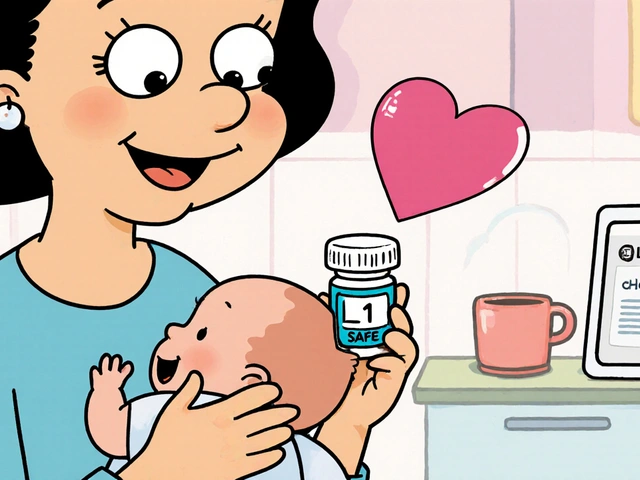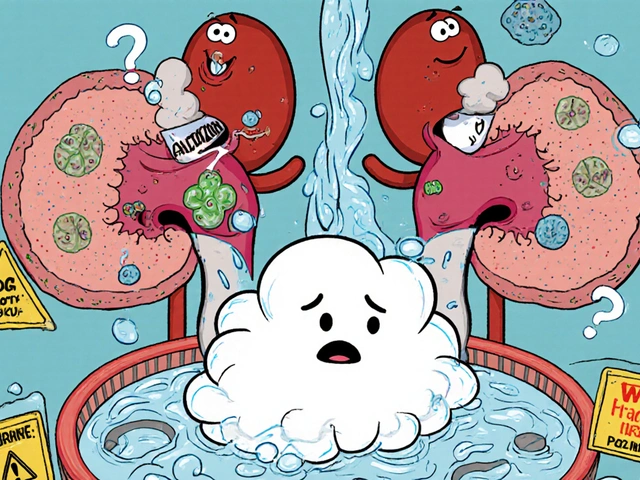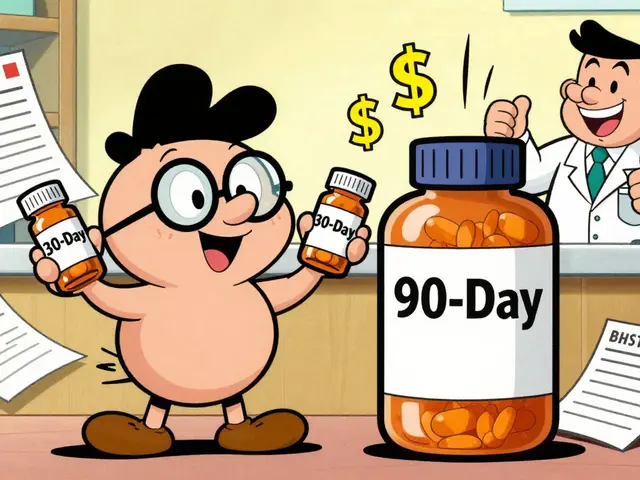Minoxidil: What It Is, How It Works, and Alternatives for Hair Loss
When it comes to stopping hair loss and encouraging regrowth, minoxidil, a topical medication approved by health agencies worldwide for treating androgenic alopecia. Also known as Rogaine, it's one of the few over-the-counter treatments with real, measurable results. Unlike fancy supplements or miracle serums, minoxidil works by widening blood vessels in the scalp, boosting nutrient flow to hair follicles that have started to shrink. It doesn’t fix genetics, but it can slow down the process—and for many, bring back noticeable thickness.
People often mix up minoxidil with finasteride, an oral drug that blocks the hormone DHT, a key driver of male-pattern baldness. Minoxidil doesn’t touch hormones—it’s a surface-level stimulant. That’s why it’s often used together: finasteride stops the cause, minoxidil wakes up the follicles. But not everyone can take finasteride. Some prefer minoxidil because it’s topical, has fewer systemic side effects, and works for women too. androgenic alopecia, the medical term for genetic hair thinning in both men and women is the main target. If your hairline is receding or your part is getting wider, minoxidil is one of the few tools proven to help.
It’s not magic. You need to use it every day, for months, before you see anything. And if you stop? The hair you gained usually falls out within a few months. That’s why consistency matters more than dosage. Some users get frustrated when they don’t see results in 3 months—but science shows real regrowth often takes 6 to 12. The first few weeks? You might shed more hair. That’s normal. It’s the old, weak hairs making room for new ones.
There are alternatives. saw palmetto, a herbal supplement sometimes used as a natural DHT blocker, shows mild promise but lacks the same level of evidence. Laser caps, platelet-rich plasma, and even hair transplants are options too—but they cost more and aren’t as accessible. Minoxidil remains the most widely used because it’s affordable, available without a prescription, and backed by decades of real-world use.
What you’ll find in the posts below are practical comparisons, real user experiences, and clear breakdowns of how minoxidil stacks up against other treatments. You’ll see how it works for postpartum hair loss, how it pairs with other meds, and why some people swear by it while others see no change. No fluff. Just facts, timelines, and what actually works when your hair is thinning and you’re tired of guessing.

Minoxytop vs Other Hair‑Loss Treatments: A Head‑to‑Head Comparison
A detailed side‑by‑side comparison of Minoxytop (minoxidil) with finasteride, laser therapy, PRP, and natural alternatives, including mechanisms, costs, pros, cons and a practical decision guide.





